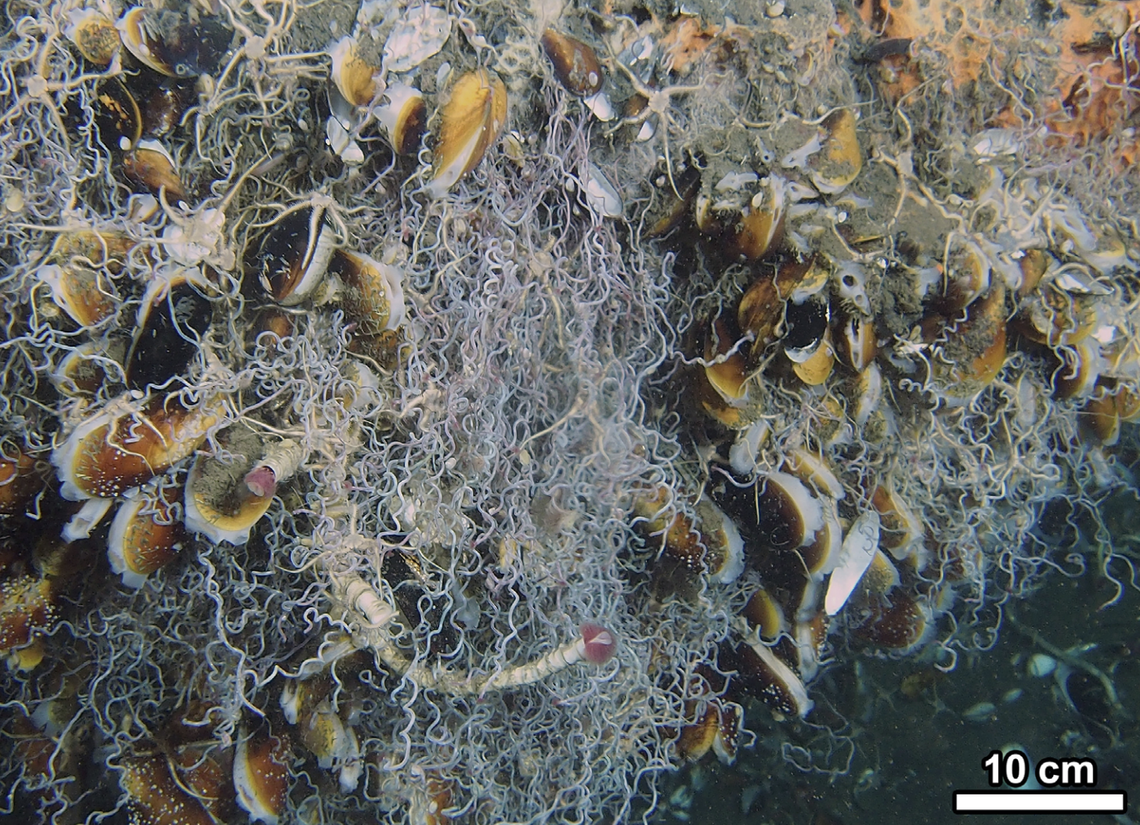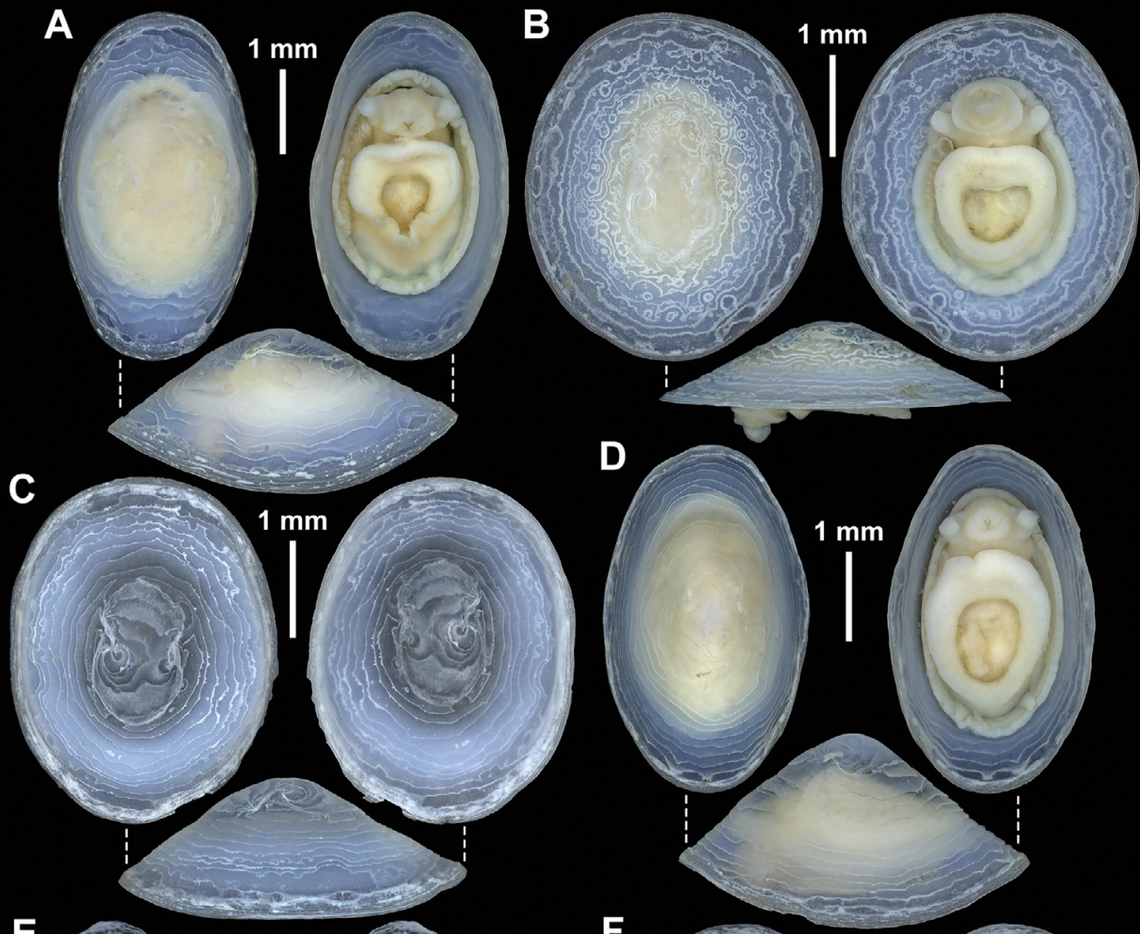Deep beneath the ocean’s surface, there are fascinating ecosystems where nutrient-rich chemicals seep from sediment into the surrounding water. These areas, thriving on chemosynthesis, were uncovered back in 1977. Since then, scientists have been eager to explore the remarkable and often bizarre life forms that inhabit these sites.
Recently, interest in mining deep-sea vents for their rich “massive sulfide deposits” and “gas hydrates” has grown, prompting researchers to accelerate their investigations. A study released on September 24 in the journal Contributions to Zoology highlights the urgency of understanding these unique ecosystems.
Utilizing both crewed and uncrewed submersibles, researchers explored several vent fields off the coast of Japan. During their exploration, they encountered various limpets – a type of mollusk known for its conical shell and soft body beneath.
Among these, one particular limpet stood out; it was an entirely new species that had not been documented before. Collected from a hydrocarbon seep approximately 3,000 feet deep, this limpet is described as a “medium-sized” creature, with shells measuring about 0.2 inches long.

Explore New Species
Every year, thousands of new species make their debut. Check out some of the latest fascinating finds:
→Creatures found nestled in the walls of 16th-century forts in Nepal
→Discover a ‘long’-armed creature featuring a row of ‘dagger-like’ spines
→A yellow six-eyed creature uncovered under rocks in a Turkish forest
Curious for more? Dive into more of our articles here.
The study revealed that these limpets exhibit highly variable shell shapes, ranging from tall and slender while attached to worm tubes to flat shells when clinging to mussel bodies. This remarkable adaptability allows them to efficiently “shape-shift” to suit their specific environment.
These shells appear “bluish white” and are semi-transparent, allowing for a unique visual characteristic.
This newly identified species has been named Pyropelta artemis, or the Artemis limpet. The name pays homage to the Greek goddess of the Moon and hunting, as the shapeshifting nature of the limpet is poetically compared to the moon’s cycling phases.

The Artemis limpet has been found exclusively in Sagami Bay, Japan, where it typically dwells on tubeworms and other mollusks. This ecosystem is unfortunately at risk; two related species, P. yamato and P. ryukyuensis, are listed as critically endangered and endangered due to potential threats from deep-sea mining.
To protect these rare creatures, the study emphasizes the necessity of incorporating them into future conservation efforts, despite their diminutive size and apparent infrequency.
Sagami Bay lies on Japan’s eastern coast, just southwest of Tokyo. Making this groundbreaking discovery were researchers Chong Chen, Miwako Tsuda, and Hiromi Kayama Watanabe.
Humpback whales spotted chasing ocean’s top predator off the California coast
A bachelor predator, shipped from the US to the UK, is already a father of four pups
‘Faceless’ deep-sea creature seen by submersible near Cook Islands. Watch the footage





















